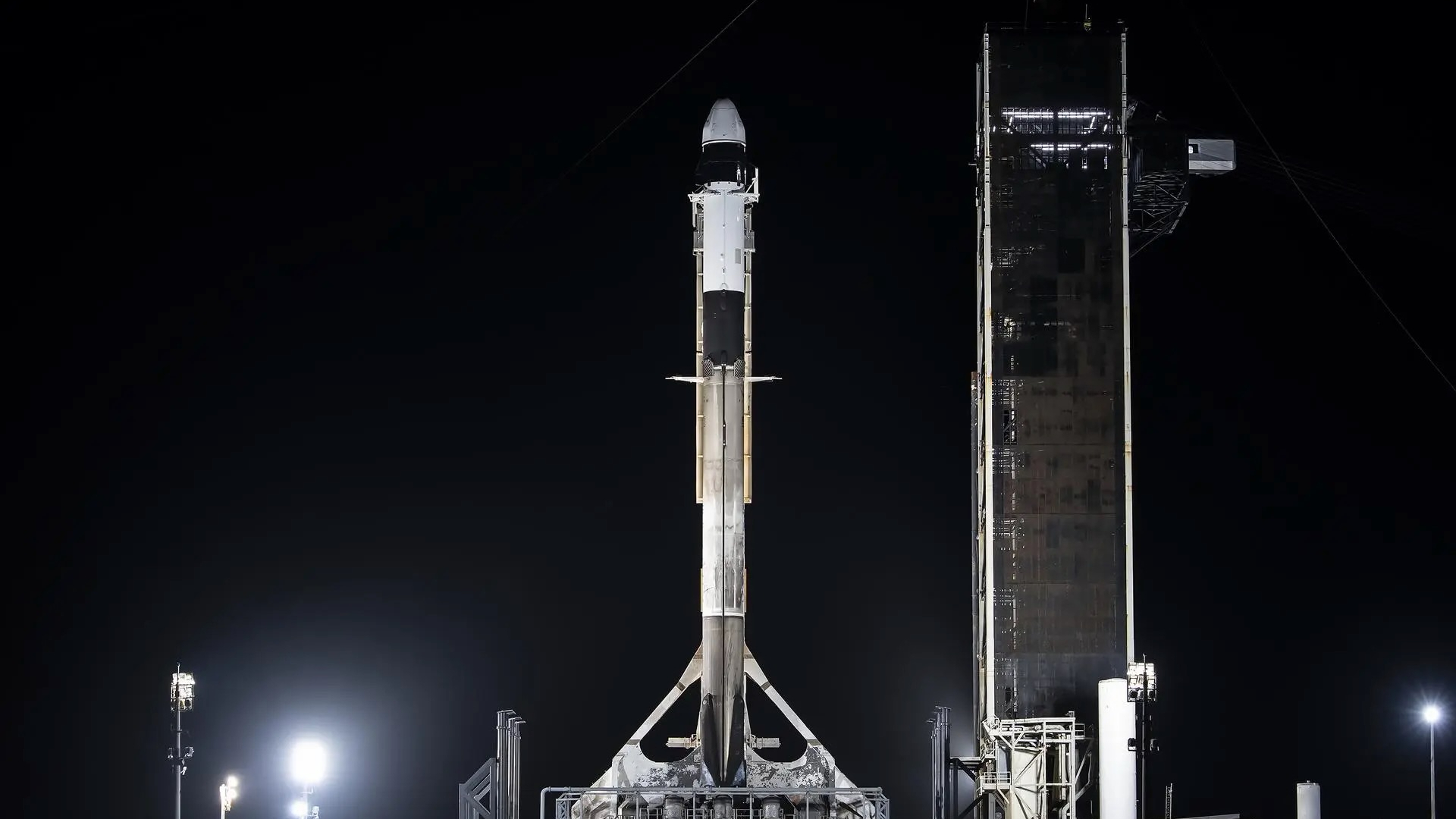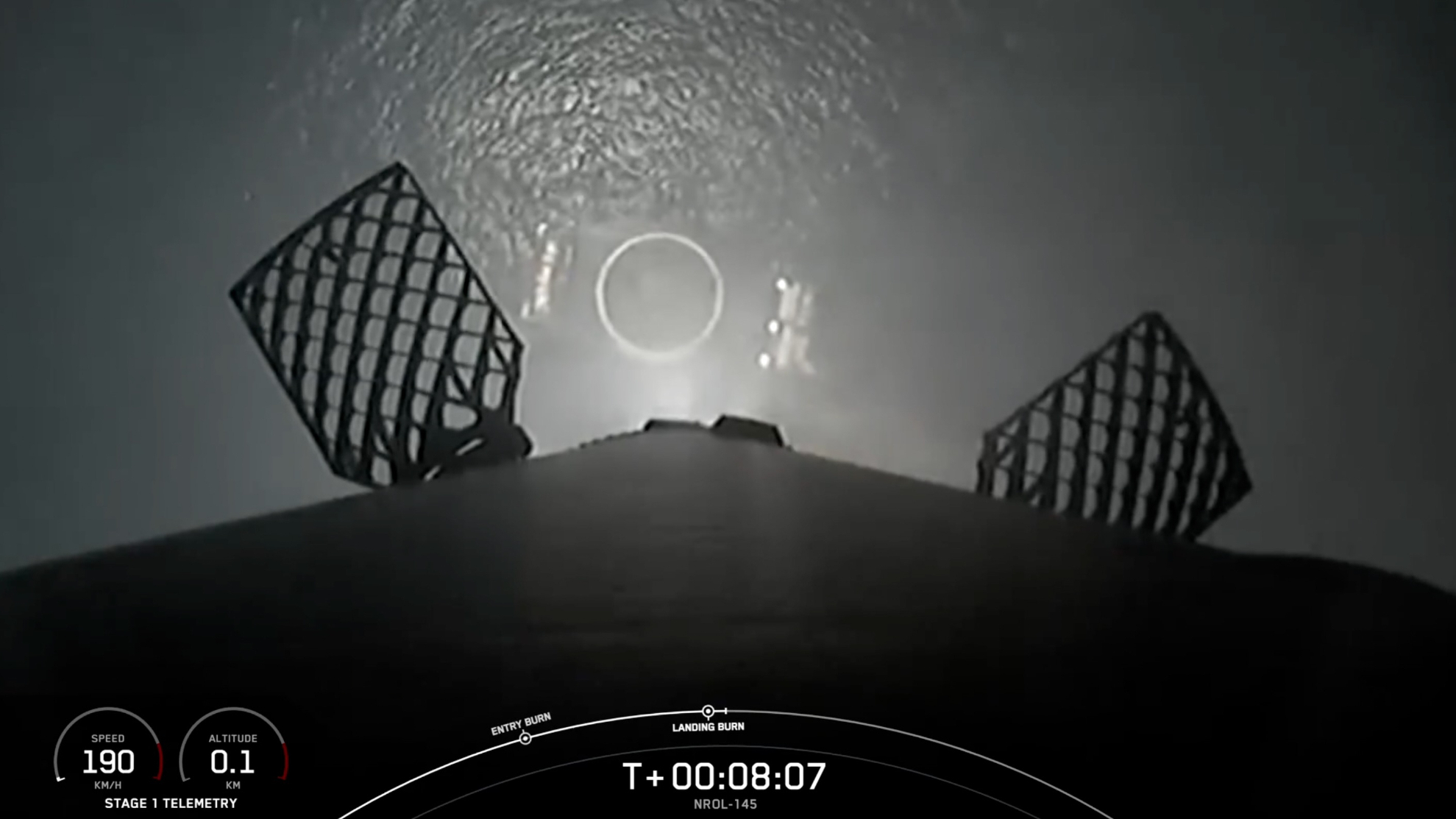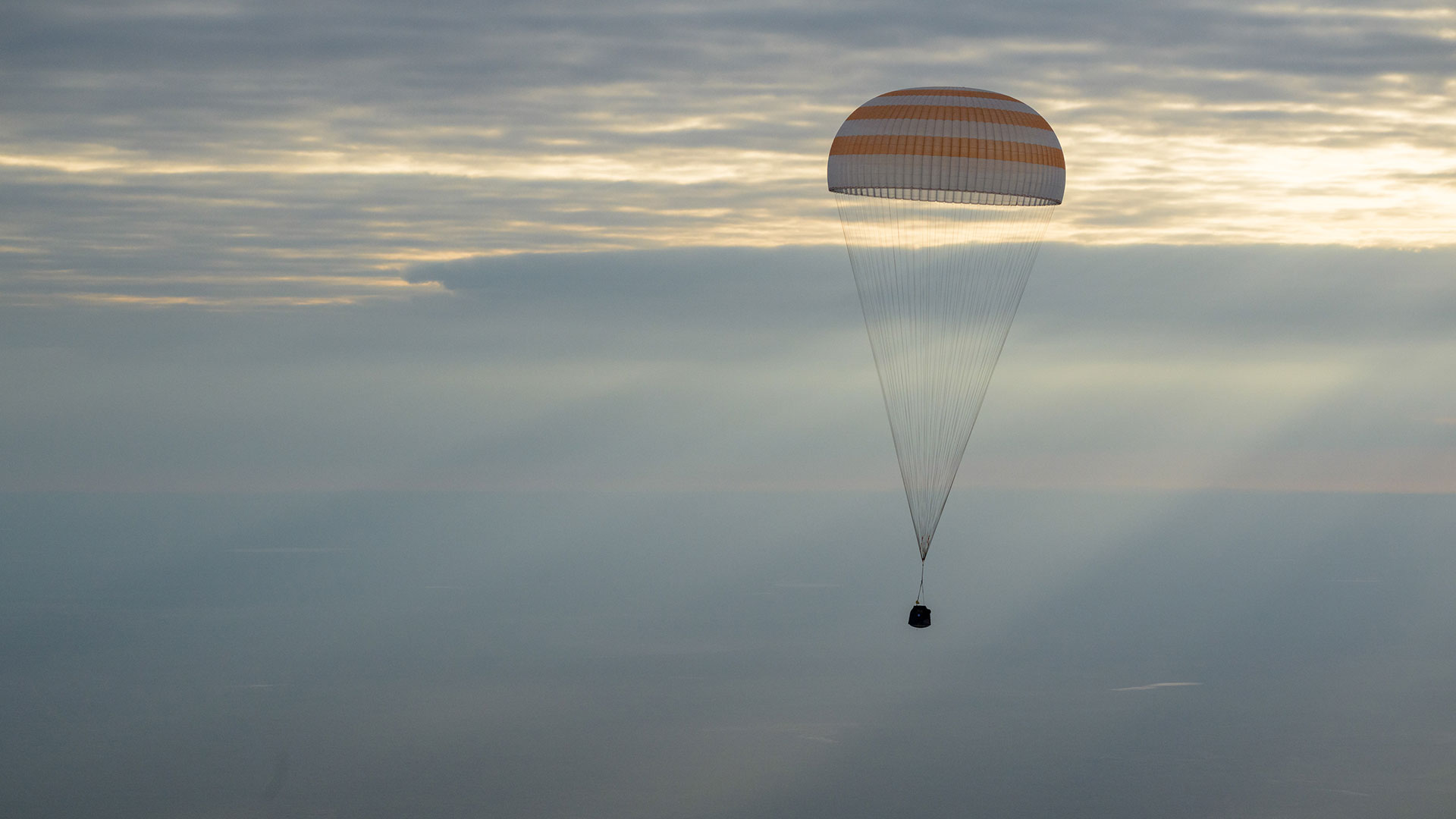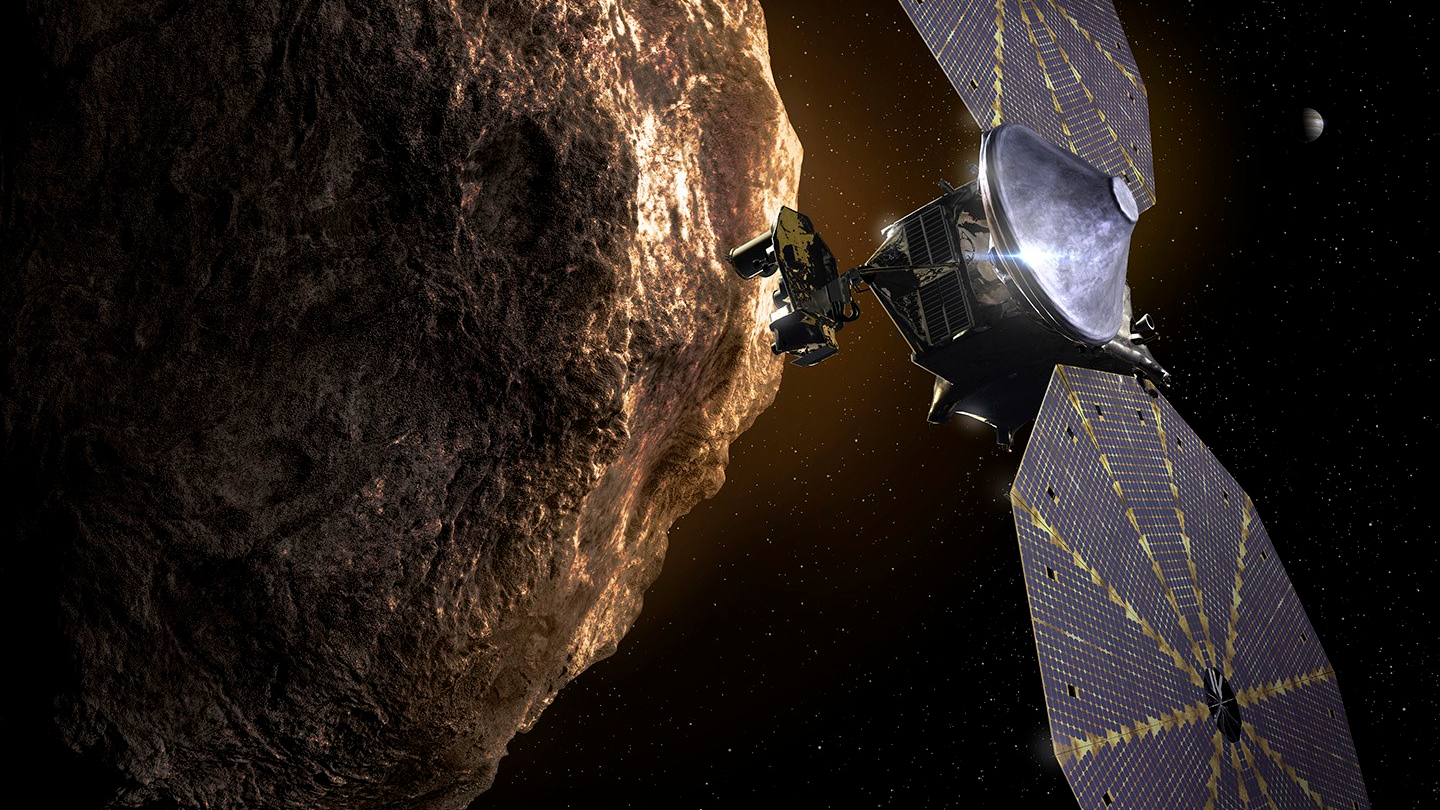Crew-8's 'family dog' plush is SpaceX's latest zero-g indicator
'The significance of our zero-g indicator is not actually what it is, but who chose it.'
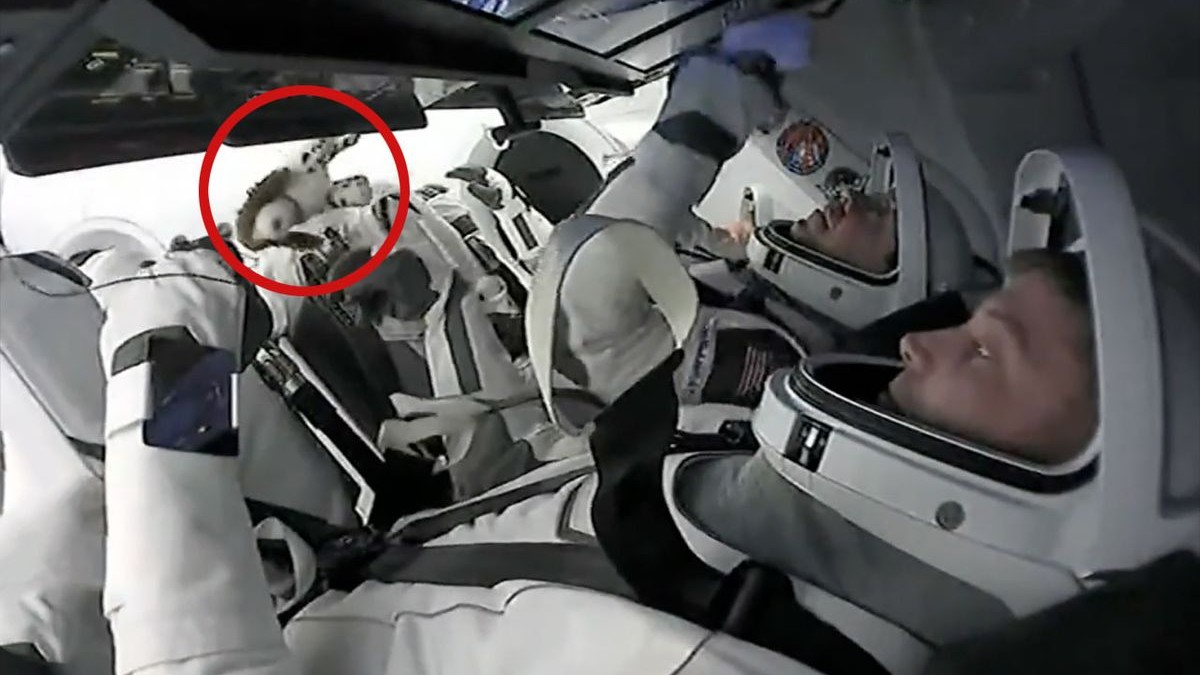
Three American astronauts, a Russian cosmonaut and a small English Springer Spaniel are now on their way to the International Space Station.
The four members of SpaceX's Crew-8 mission, who launched aboard the Dragon spacecraft "Endeavour" on Sunday night (March 3), continued a five-year (and one-day) custom of bringing with them a doll to show they were in the microgravity environment of outer space.
"We have a tradition on board this spacecraft for its travelers to bring a small token — a 'zero-g indicator,' if you will — to clearly demonstrate the free floating nature of objects traveling in orbit around Earth and I wonder if you have anything fitting that description?" radioed SpaceX's mission control in Hawthorne, California, to the crew, which included commander Matthew Dominick, pilot Michael Barratt and mission specialists Jeanette Epps and Alexander Grebenkin.
Related: SpaceX launches Crew-8 astronaut mission to International Space Station for NASA (video)
"Of course we have a zero-g indicator, who's already been deployed," Dominick replied. "The significance of our zero-g indicator is not actually what it is, but who chose it. Many parents around the world have jobs that take them away from their children and families for long periods of time to serve their communities, their country and the world."
"Not that our families are a prime example, but many jobs, including our own, share this trait," he said. "The choice of the zero-g indicator was given to my daughters to represent the sacrifice that children everywhere make while their parents are serving away from home."
Dominick's children chose a stuffed version of the family dog, a plush spaniel with bushy brown ears and spots on its legs. Video showed Dominick releasing the doll and watching it float in front of him at the end of the leash (or rather, a tether).
The crewmates and their dog are expected to dock to the space station early Tuesday morning (March 5). Once aboard, Dominick, Barratt, Epps and Grebenkin (and their unnamed puppy) will join the Expedition 70 crew. For a short time, the number of astronauts and cosmonauts on the orbiting laboratory will increase to 11, until the four members of Crew-7 depart for Earth about a week later.
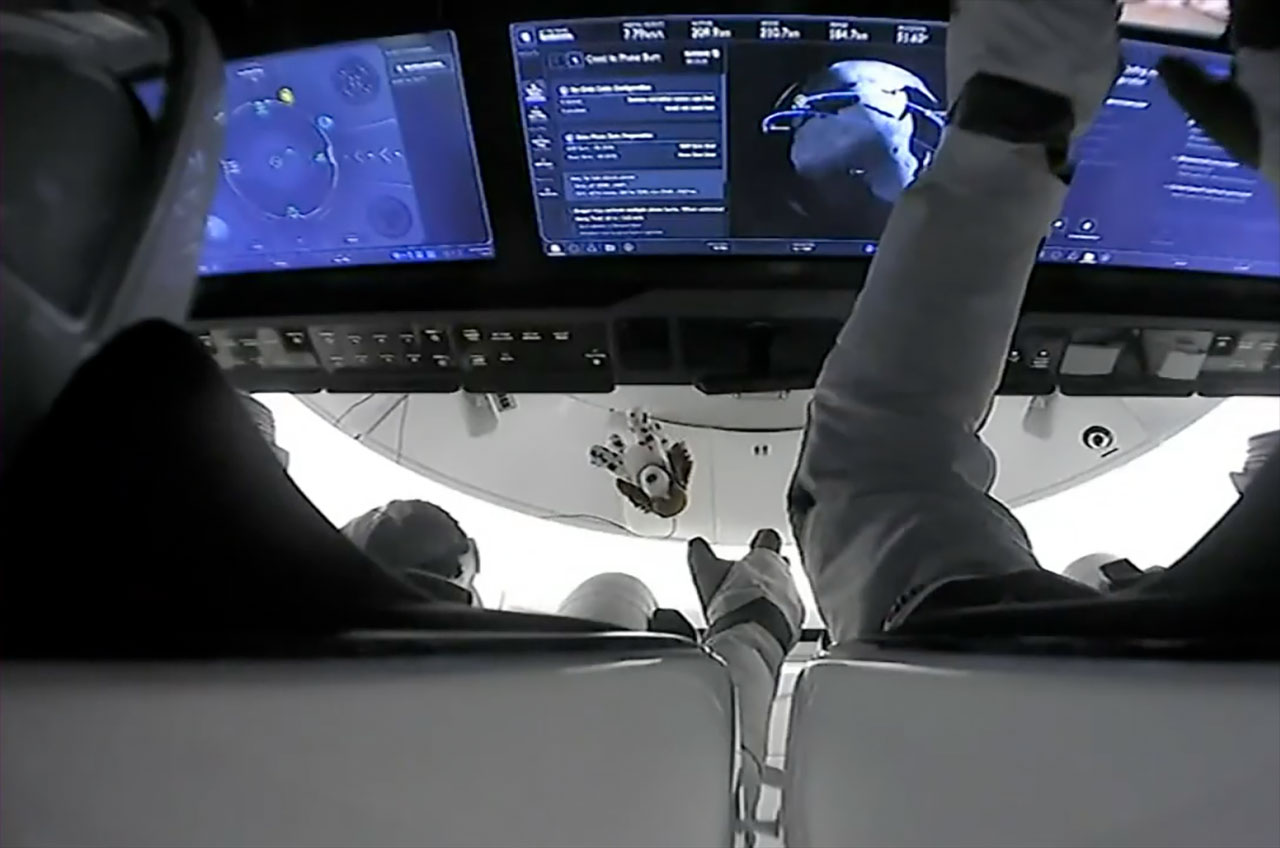
The Crew-8 launch came five years and one day after SpaceX launched its first zero-g indicator — a plush planet Earth — on the company's first uncrewed flight to the station with the second version of its crew and cargo space capsule. The company adopted the tradition from Russia's space program, which since the very first human spaceflight in 1961 has flown dolls or other trinkets to float in orbit.
Since "Little Earth" flew in 2019, a total of 14 plush toys have flown on Dragon spacecraft, including 10 with nine NASA crews, three on commercial missions to the International Space Station and one on the first private flight to circle Earth. Crew-8's zero-g indicator is the third dog to fly, preceded by dolls that served as fundraisers for two children's hospitals.
Crew-7, which included European Space Agency (ESA) astronaut Andreas Mogensen, NASA astronaut Jasmin Moghbeli, Japan Aerospace Exploration Agency (JAXA) astronaut Satoshi Furukawa and Roscosmos cosmonaut Konstantin Borisov, flew with "Sasha" the three-toed sloth, as a commentary on Mogensen's pace according to his family.
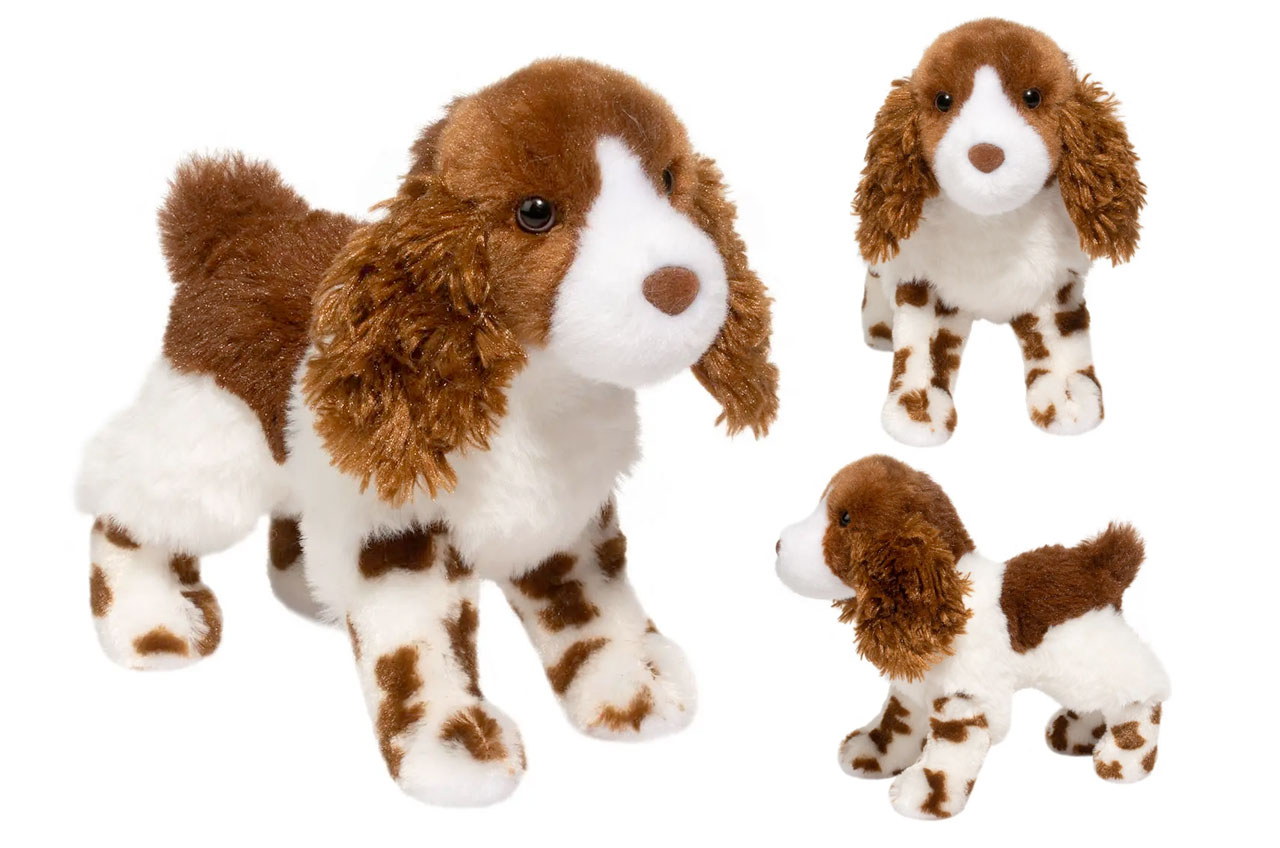
Crew-8's zero-g indicator appeared to match a doll made by Douglas, one of the oldest plush makers in the United States. The company's "Flair Springer Spaniel" has the same brown and white spotted coat as the doll now on orbit.
Dominick, Barratt, Epps and Grebenkin are scheduled to stay aboard the station for the next six months as they conduct scientific research to prepare for returning astronauts to the moon and to benefit all of humanity on Earth.
Follow collectSPACE.com on Facebook and on Twitter at @collectSPACE. Copyright 2024 collectSPACE.com. All rights reserved.
Get the Space.com Newsletter
Breaking space news, the latest updates on rocket launches, skywatching events and more!
Join our Space Forums to keep talking space on the latest missions, night sky and more! And if you have a news tip, correction or comment, let us know at: community@space.com.

Robert Pearlman is a space historian, journalist and the founder and editor of collectSPACE.com, a daily news publication and community devoted to space history with a particular focus on how and where space exploration intersects with pop culture. Pearlman is also a contributing writer for Space.com and co-author of "Space Stations: The Art, Science, and Reality of Working in Space” published by Smithsonian Books in 2018.In 2009, he was inducted into the U.S. Space Camp Hall of Fame in Huntsville, Alabama. In 2021, he was honored by the American Astronautical Society with the Ordway Award for Sustained Excellence in Spaceflight History. In 2023, the National Space Club Florida Committee recognized Pearlman with the Kolcum News and Communications Award for excellence in telling the space story along the Space Coast and throughout the world.

